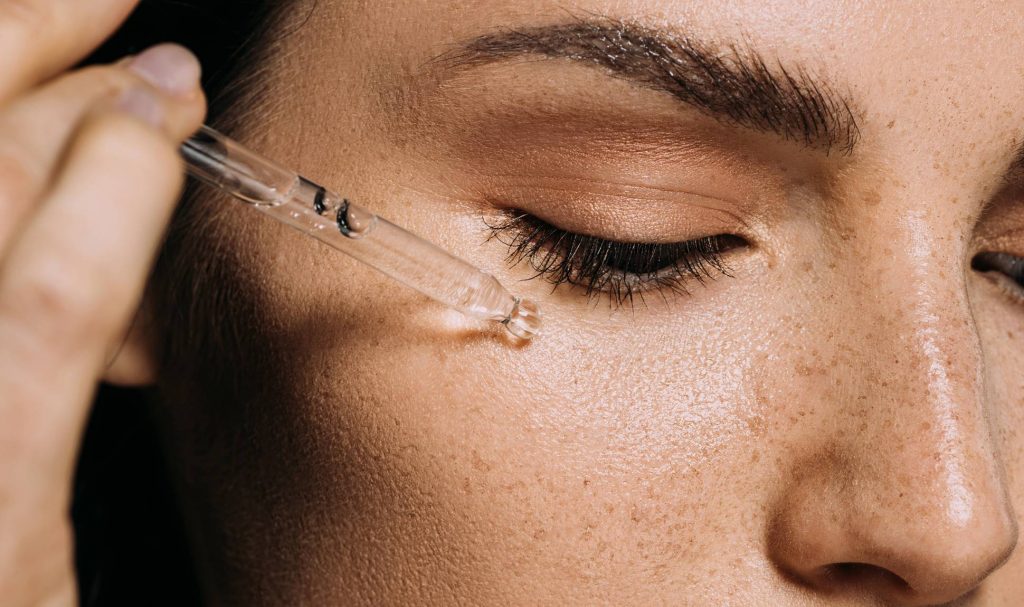Deodorant is a curious thing. Although most of us use it in our daily regimen, we very rarely deviate from the brand or type we reach for — be that a stick, gel, spray, wipe or even an aluminum-free formula. By not giving it a second thought, however, we may be missing out. We tapped dermatologist Papri Sarkar, MD, of Brookline Dermatology to break down the differences between each deodorant type, so you’ll know if trying something new is right for you.
FIRST, HOW IS A DEODORANT DIFFERENT FROM AN ANTIPERSPIRANT?
The first key quality of deodorant to note is that it is, of course, different than an anti-perspirant. “A deodorant will decrease the smell that is often associated with sweating by using antibacterial ingredients and scent, but it doesn’t actually decrease sweating,” says Dr. Sarkar. An antiperspirant, on the other hand, actually decreases sweating using a form of aluminum, and may also be scented.
Now, can you break down the different types of deodorant and antiperspirant formats?
STICK DEODORANTS
Stick deodorants are usually what come to mind when you think of underarm sweat-busters, but “classic stick deodorants tend to be chalkier and show more on clothing or skin,” says Dr. Sarkar. “If you hate that, using a different form is probably better for you.”
GEL DEODORANTS
According to Dr. Sarkar, a gel deodorant is a great alternative if you want to shy away from using a traditional stick. “Gel deodorants feel cooling and slightly wet when they are applied but quickly dry,” she says. “Often, they’re also clear and transparent, which makes them appealing, too.” Say goodbye to white marks on dark clothing!
SPRAY DEODORANTS
Deodorant sprays are popular around the world and have been popping up more regularly stateside as well. They’re great for people who hate the feel of deodorant on their skin because they absorb almost instantly.
WIPE DEODORANTS
Deodorant wipes are exactly what their name implies — a disposable wipe coated in deodorizing ingredients. Dr. Sarkar is a fan of their portability but not the waste they can create. “Wipes are convenient, but they’re not that great for the environment and tend to dry out quickly,” she adds.
HOW TO INCORPORATE NEW DEODORANT TYPES INTO YOUR ROUTINE
Depending on your skin type and personal preference, it can take a lot of trial and error to find the right deodorant for you. “If you have oily skin, I generally recommend gel formulas,” says Dr. Sarkar, “and alternatively, if you have dry skin, the creamier the formula the better.” As for people with sensitive skin, Dr. Sarkar urges them to read the label because common deodorant ingredients like baking soda, tea tree oil and peppermint can be irritating.
If you are experiencing buildup or feeling like your deodorant isn’t working as well as you’d like, try wiping your underarms with a mild concentration of a gentle acid cleansing pads. Pro tip: Try doing a patch test of the pads on the inside of your arm first to make sure your skin tolerates them before using them on the delicate under-arm skin.
Now, we urge you to go forth and find the dependable deodorant for you.




